Learn how Time-to-Application influences student enrollment by revealing intent, boosting conversions, and helping institutions stay competitive through faster, personalised, and mobile-first engagement in today’s challenging higher education landscape.
Table Of Contents
Introduction
In the competitive landscape of 2025 higher education, Time‑to‑Application (TTA)—the span from a student’s first inquiry to submitting an application—has emerged as a critical success metric. As the looming “demographic cliff” approaches, U.S. high school graduates are projected to decline by about 13% by 2041, intensifying competition for shrinking student pools.
Despite these demographic headwinds, applicant interest remains strong. Common App data reveals a 7% increase in total applications (6.72 million vs 6.29 million last year) and a 5% rise in first‑year applicants (1.23 million) as of January 1, 2025. However, these rising numbers haven’t translated into higher enrollments—freshman enrollment dropped by over 6% in Fall 2024 compared to the previous year.
This disconnect highlights a critical barrier: protracted TTA is causing prospects to lose momentum. Every delayed follow‑up or slide‑block in the process raises the risk of students exploring other options, worsening institutional challenges.
Today’s Gen Z applicants demand instant, mobile‑first, and personalised engagement. In this environment—where declining enrollable pools, rising applicant volume, and evolving expectations intersect—speed matters. Streamlining TTA isn’t merely good practice; it’s becoming a competitive necessity for sustaining enrollment and shaping institutional reputation in the mid-2020s.
What is Time-to-Application?
Time-to-Application (TTA) is a key enrollment metric that measures the duration between a student’s first point of contact with an institution (usually an inquiry or lead capture) and the moment they submit a completed application.
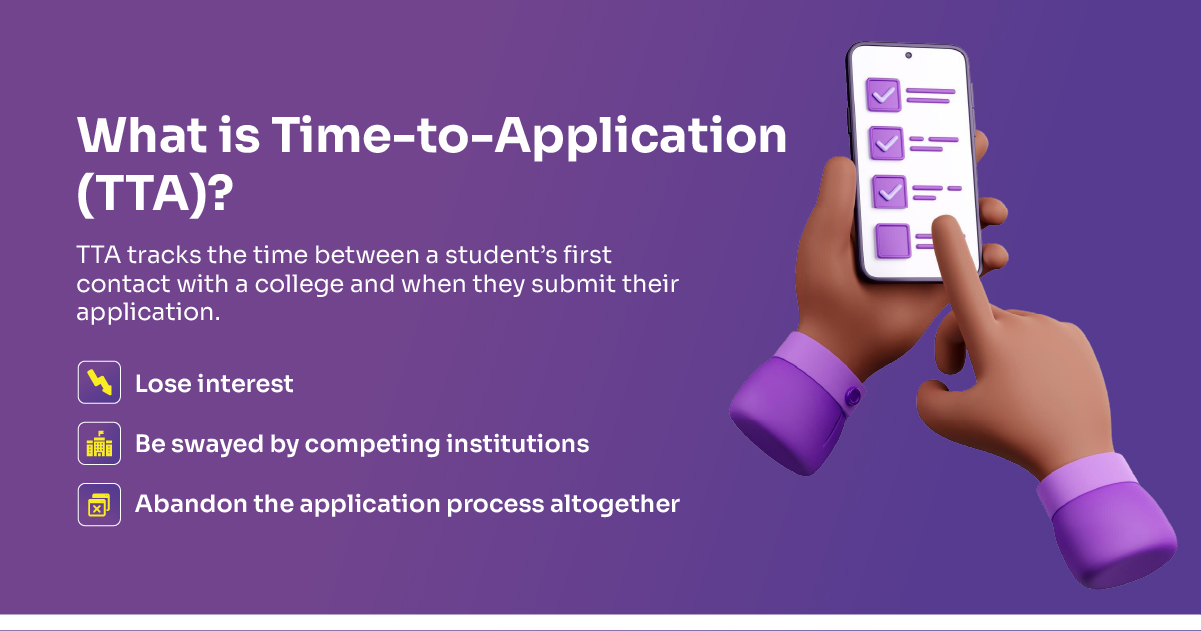
In today’s competitive and tech-savvy admissions landscape, speed is a key indicator of interest and intent. Students—especially Gen Z and Gen Alpha—expect fast, responsive, and frictionless interactions. The longer it takes a student to apply after making first contact, the more likely they are to:
- Lose interest
- Be swayed by competing institutions
- Abandon the application process altogether
How Time‑to‑Application (TTA) Matters in Understanding Student Intent
Time-to-Application (TTA) isn’t just an operational metric—it’s a powerful behavioural signal. The speed at which a prospective student moves from the first inquiry to the completed application reveals how motivated, informed, and ready they are to commit. Understanding TTA helps universities decode intent, not just interest.
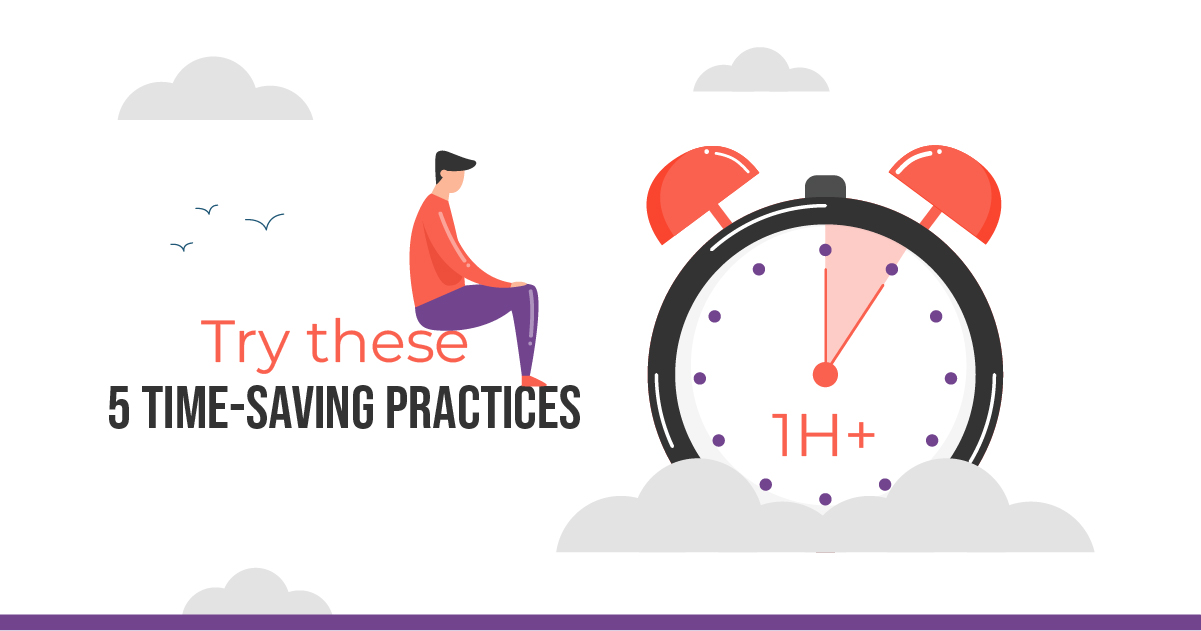
1. Shorter TTA = Higher Intent
Students who apply quickly after their first inquiry typically:
- Have done prior research
- Are confident in their program or university choice
- Are further along in the decision-making funnel
2. Longer TTA May Signal Drop-Off Risk
Delays between inquiry and application can indicate:
- Uncertainty about fit or affordability
- Confusion due to complex forms or a lack of information
- Lack of urgency due to better experiences elsewhere
3. TTA Informs Outreach Personalisation
By tracking TTA patterns, universities can segment audiences:
- Fast movers: Send decision-focused content and financial aid links
- Slow movers: Trigger nudges, counsellor support, FAQs, and deadline reminders
4. Predictive Enrollment Modelling
Institutions that analyse TTA alongside behavioural data (email opens, page visits, chatbot usage) can:
- Prioritise high-intent leads
- Allocate counsellor time more efficiently
- Improve application-to-enrollment ratios
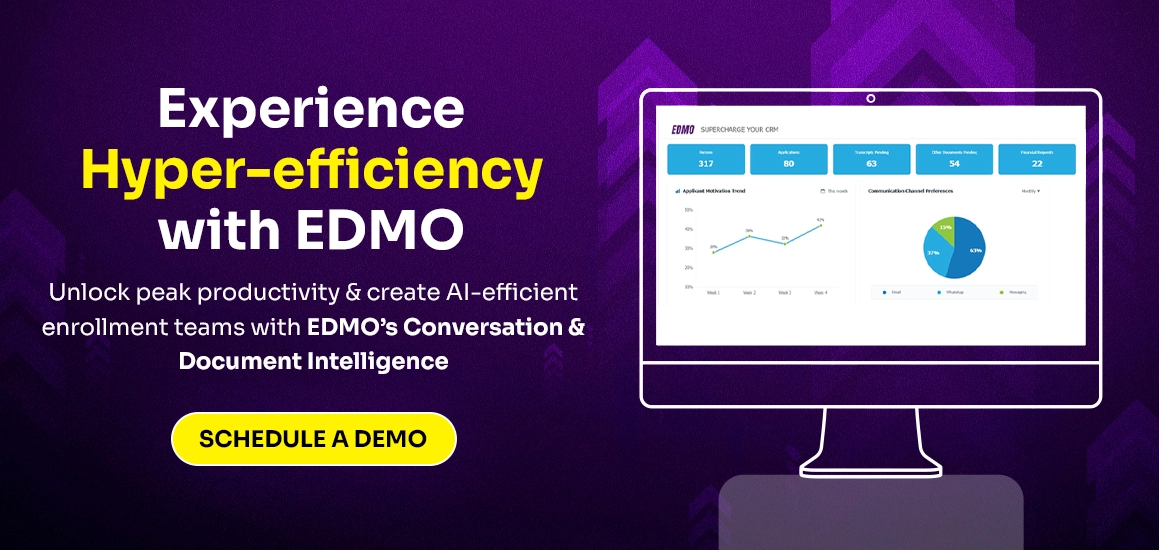
Best Practices to Reduce Time-to-Application
Are admissions processes too time-consuming? Try these 5 time-saving Practices.
1. Deploy AI Chatbots for Instant, 24/7 Support
Chatbots answer inquiries in real-time, reducing wait times and keeping students engaged.
- Similarly, Conversation Intelligence revolutionises student interactions through AI-powered chatbots and voice assistants. These tools offer real-time, personalised support across multiple channels, from admissions inquiries to financial aid guidance.
- At the University of Illinois, prospective students interacting with “Alma” were 72% more likely to apply than those who didn’t use the chatbot. Georgia State University’s “Pounce” chatbot cut summer melt by 22%, adding 324 enrollments.
- Integrate chatbots within CRM systems to automate FAQ handling and escalate complex queries to human advisors.
2. Use Real-Time Messaging via SMS & WhatsApp
Students respond faster to texts than emails, driving timely action. With Gen Z expecting fast, on-the-go communication, real-time channels like SMS and WhatsApp can significantly reduce Time-to-Application.
- A case study showed 30% more completed applications, 25% shorter processing time, and 40% more engagement after adding SMS/WhatsApp nudges.
- Combine emails and SMS for follow-ups, deadlines, and document reminders—especially during application crunch time.
3. Personalize Follow-Ups Based on Behavior
Outreach tailored to student interests and actions increases relevance and conversions.
- Institutions using behavioural data in their engagement strategies reported higher conversion rates and improved student satisfaction.
- Segment leads by inquiries, page visits, or chatbot interactions, and use CRM triggers to send personalised email/SMS journeys.
4. Optimise for Mobile & Simplify Forms
Most Gen Z students browse and apply on mobile. Complicated forms drive them away.
- AI chatbots reduce errors by up to 50% and increase application efficiency by 30%, showcasing the importance of streamlined, mobile-friendly interfaces.
- Use conditional logic, pre-filled fields, and “save and resume later” functionality to avoid frustration and abandonment.
5. Implement Deadline-Based & Status Reminders
Prompt nudges trigger urgency and reduce last-minute drop-offs.
- Real-time messaging systems (SMS/WhatsApp) improved final-week submission rates by 17%, closing critical gaps.
- Configure CRM-driven countdown reminders—e.g., “3 days left to apply” or “Upload transcript by tomorrow”—to keep students on track.
Why These Practices Matter
By combining instant communication, behaviour-driven personalisation, mobile-first user experience, and timely reminders, institutions can significantly reduce TTA. These strategies help maintain student momentum, avoid drop-offs, and improve yield, even in the era of shrinking applicant pools and fierce competition.
Conclusion
Time-to-Application has proven to be a critical driver of student enrollment outcomes in 2025. As competition grows and student pools shrink, institutions that streamline the application journey through faster responses, mobile-first forms, and personalised outreach are seeing significantly better results. With tools like AI chatbots and real-time messaging, universities are reducing delays and boosting conversion rates by up to 30%. In a market where speed signals intent, reducing TTA is no longer optional—it’s a strategic advantage.
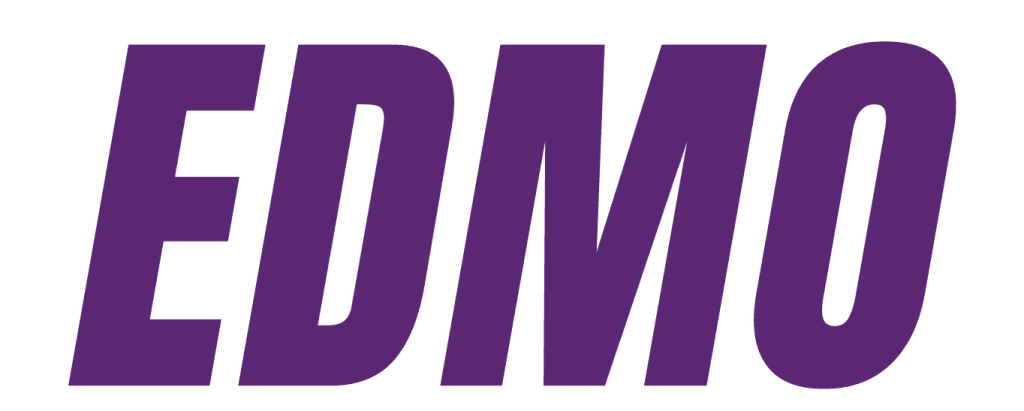
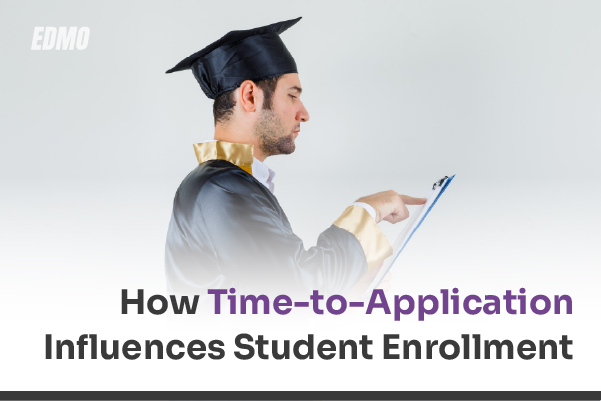



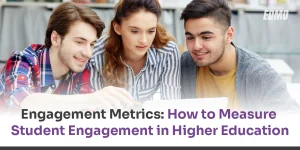
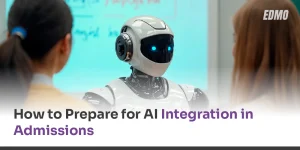
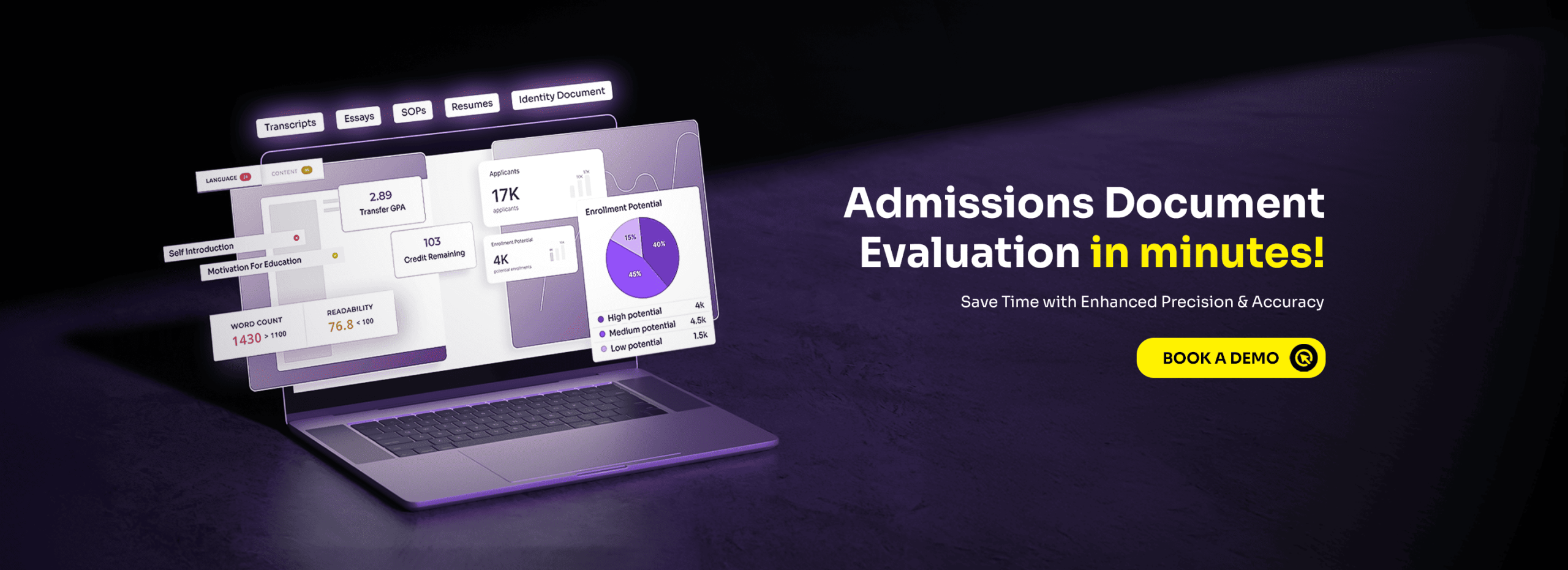
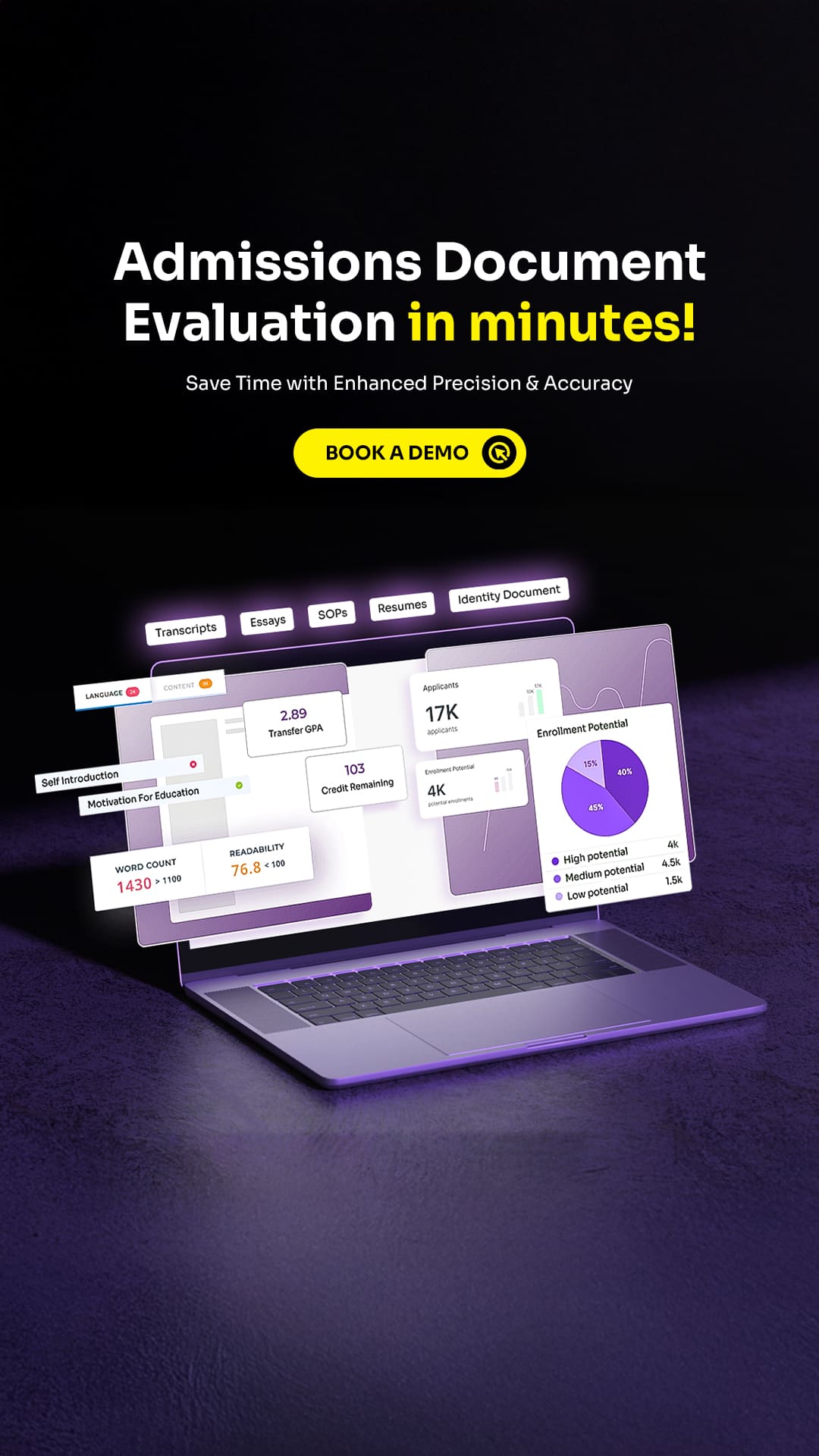
No comments yet. Be the first to comment!
Leave a Comment